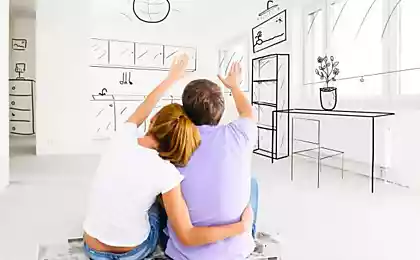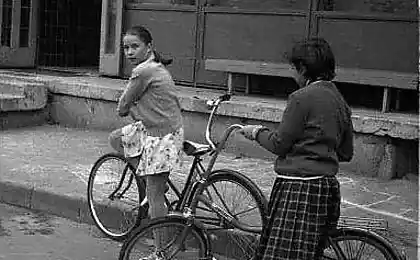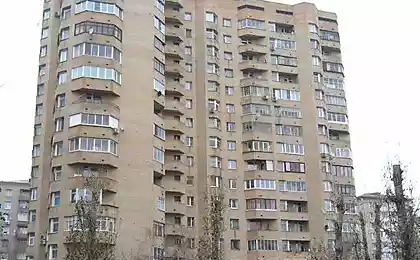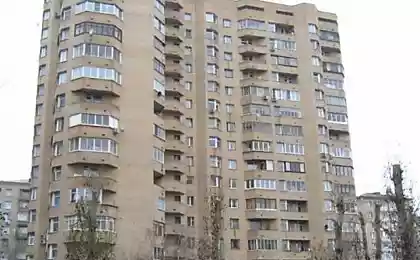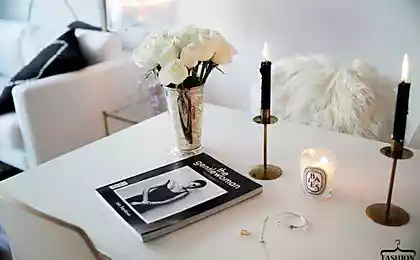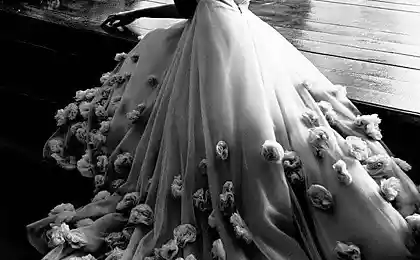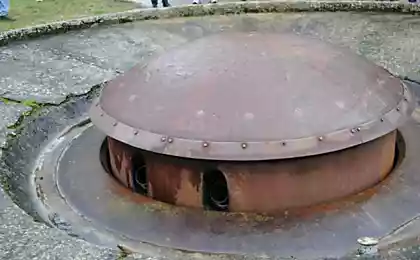197
I do not believe in fairy tales about free apartments in the USSR, how was it possible?
The question of housing in the USSR was especially acute for decades. How to get an apartment for freeSometimes people don’t even think about it. They gave all their time and effort to the country, hoping for its gratitude.
The authorities held the view that a strong society is a collective society in every sense of the word. Life in the Soviet Union resembled a large anthill, in which literally everything was done together, including living. Do you remember the main slogan they used to call family? A community cell. That is about such cells and people were forced to live in communal apartments.

The war brought a lot of trouble and destruction. The post-war era became famous not only for the titanic work of Soviet people rebuilding the country, but also for communal apartments, in which 15-20 people lived at once. For good or bad, we cannot judge. However, to look at this page in history is interesting now.
Editorial "Site" He proposes to go back to that time and remember what Soviet housing was like, how it was built and what it was furnished with.
The great development of separate apartments began only in 1953, when Nikita Khrushchev came to power. The houses were built low, up to 5 floors. The apartments in them are called Khrushchev. These were small apartments with an area of no more than 43 square meters, but they had a separate kitchen for 4-6 square meters and even a separate bathroom for one family. Getting such an apartment for a young family was a real joy.

In place of Khrushchevka came Stalinka. The project for their construction began in the 80s of the last century. Houses have become higher than 9, 10, 14 and even 16 floors. The walls were thicker, the ceilings higher. There was an elevator in those houses. And the apartments themselves got bigger. One-bedroom apartment in its area reached 48 square meters. However, the kitchen was not much larger - up to 8 squares.

M-Dec How did people get apartments? There is an opinion that apartments in the Soviet Union were given for free. That's not exactly true. The right to be in line for an apartment had to be earned. The queue for the apartment could move for 15 years. It was possible to move in the queue only on the brink.
First of all, the list on the apartment advanced production, war veterans and all sorts of civil servants. But, having received an apartment, a person did not become its owner. The state gave the family the right to live in an apartment. It was almost impossible to sell or exchange an apartment. Only after the collapse of the USSR did people have the opportunity to privatize their living space and pass it on to their children and grandchildren.

In Soviet times, almost everything was in short supply, including furniture, dishes, appliances, carpets. And the range was, to put it mildly, not diverse, so the apartments of those times looked almost the same.
Life in Soviet times One of the indicators of prosperity and well-being were rugs. It is said that in this way noise insulation was created so that neighbors did not eavesdrop. Anyway, carpets were hanging on almost every wall.
The living room, where the whole family gathered and where guests were received, was best furnished. Near the longest wall was a wall. It was almost the main place to store things. And everything was stored in such a wall: clothes, dishes, and books. Be sure in the wall were shelves behind the glass, they exhibited all the crystal. This is a special pride of the family, because not everyone could get it. But it was fashionable and prestigious.

Ukrainer Another main attribute of the hall was the TV. It was placed in such a place that it could be seen from anywhere in the room. Opposite necessarily was a folding sofa, which housed the whole family to watch television.
Also in this room was a headset consisting of a table and chairs. In the usual time at the table, the children did lessons, and when the guests gathered, it was placed in the center, and then all those who came sat around it. There were at least six chairs in the headset.

M-dec Kitchen that in Khrushchev that in Stalinka large size did not differ, so more than two people in such kitchens was difficult to accommodate. In the kitchen there was a kitchen set, a table and stools, and of course, a refrigerator.
Sanuzel, as a rule, was combined, although a separate version is more often found in Stalinkas. In the Khrushchev bathroom there was a window to save electricity. It also served the function of ventilation.
Today, most people in the post-Soviet space continue to live in such houses, however, the interior in them is not so monotonous. And what memories of Khrushchev and Stalinka evoke in you?
The authorities held the view that a strong society is a collective society in every sense of the word. Life in the Soviet Union resembled a large anthill, in which literally everything was done together, including living. Do you remember the main slogan they used to call family? A community cell. That is about such cells and people were forced to live in communal apartments.

The war brought a lot of trouble and destruction. The post-war era became famous not only for the titanic work of Soviet people rebuilding the country, but also for communal apartments, in which 15-20 people lived at once. For good or bad, we cannot judge. However, to look at this page in history is interesting now.
Editorial "Site" He proposes to go back to that time and remember what Soviet housing was like, how it was built and what it was furnished with.
The great development of separate apartments began only in 1953, when Nikita Khrushchev came to power. The houses were built low, up to 5 floors. The apartments in them are called Khrushchev. These were small apartments with an area of no more than 43 square meters, but they had a separate kitchen for 4-6 square meters and even a separate bathroom for one family. Getting such an apartment for a young family was a real joy.

In place of Khrushchevka came Stalinka. The project for their construction began in the 80s of the last century. Houses have become higher than 9, 10, 14 and even 16 floors. The walls were thicker, the ceilings higher. There was an elevator in those houses. And the apartments themselves got bigger. One-bedroom apartment in its area reached 48 square meters. However, the kitchen was not much larger - up to 8 squares.

M-Dec How did people get apartments? There is an opinion that apartments in the Soviet Union were given for free. That's not exactly true. The right to be in line for an apartment had to be earned. The queue for the apartment could move for 15 years. It was possible to move in the queue only on the brink.
First of all, the list on the apartment advanced production, war veterans and all sorts of civil servants. But, having received an apartment, a person did not become its owner. The state gave the family the right to live in an apartment. It was almost impossible to sell or exchange an apartment. Only after the collapse of the USSR did people have the opportunity to privatize their living space and pass it on to their children and grandchildren.

In Soviet times, almost everything was in short supply, including furniture, dishes, appliances, carpets. And the range was, to put it mildly, not diverse, so the apartments of those times looked almost the same.
Life in Soviet times One of the indicators of prosperity and well-being were rugs. It is said that in this way noise insulation was created so that neighbors did not eavesdrop. Anyway, carpets were hanging on almost every wall.
The living room, where the whole family gathered and where guests were received, was best furnished. Near the longest wall was a wall. It was almost the main place to store things. And everything was stored in such a wall: clothes, dishes, and books. Be sure in the wall were shelves behind the glass, they exhibited all the crystal. This is a special pride of the family, because not everyone could get it. But it was fashionable and prestigious.

Ukrainer Another main attribute of the hall was the TV. It was placed in such a place that it could be seen from anywhere in the room. Opposite necessarily was a folding sofa, which housed the whole family to watch television.
Also in this room was a headset consisting of a table and chairs. In the usual time at the table, the children did lessons, and when the guests gathered, it was placed in the center, and then all those who came sat around it. There were at least six chairs in the headset.

M-dec Kitchen that in Khrushchev that in Stalinka large size did not differ, so more than two people in such kitchens was difficult to accommodate. In the kitchen there was a kitchen set, a table and stools, and of course, a refrigerator.
Sanuzel, as a rule, was combined, although a separate version is more often found in Stalinkas. In the Khrushchev bathroom there was a window to save electricity. It also served the function of ventilation.
Today, most people in the post-Soviet space continue to live in such houses, however, the interior in them is not so monotonous. And what memories of Khrushchev and Stalinka evoke in you?
Suspected something was wrong, the guy gave an expensive wallet on the first date
Internet casino Pin Up: site registration and account entry



